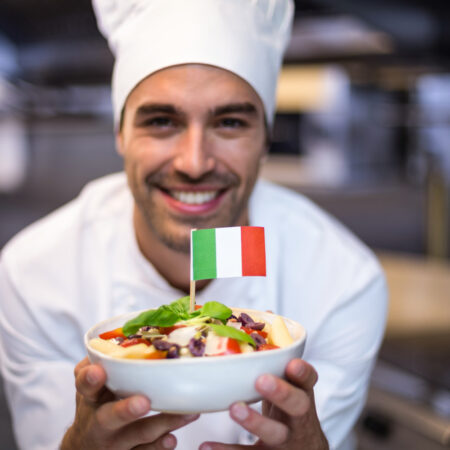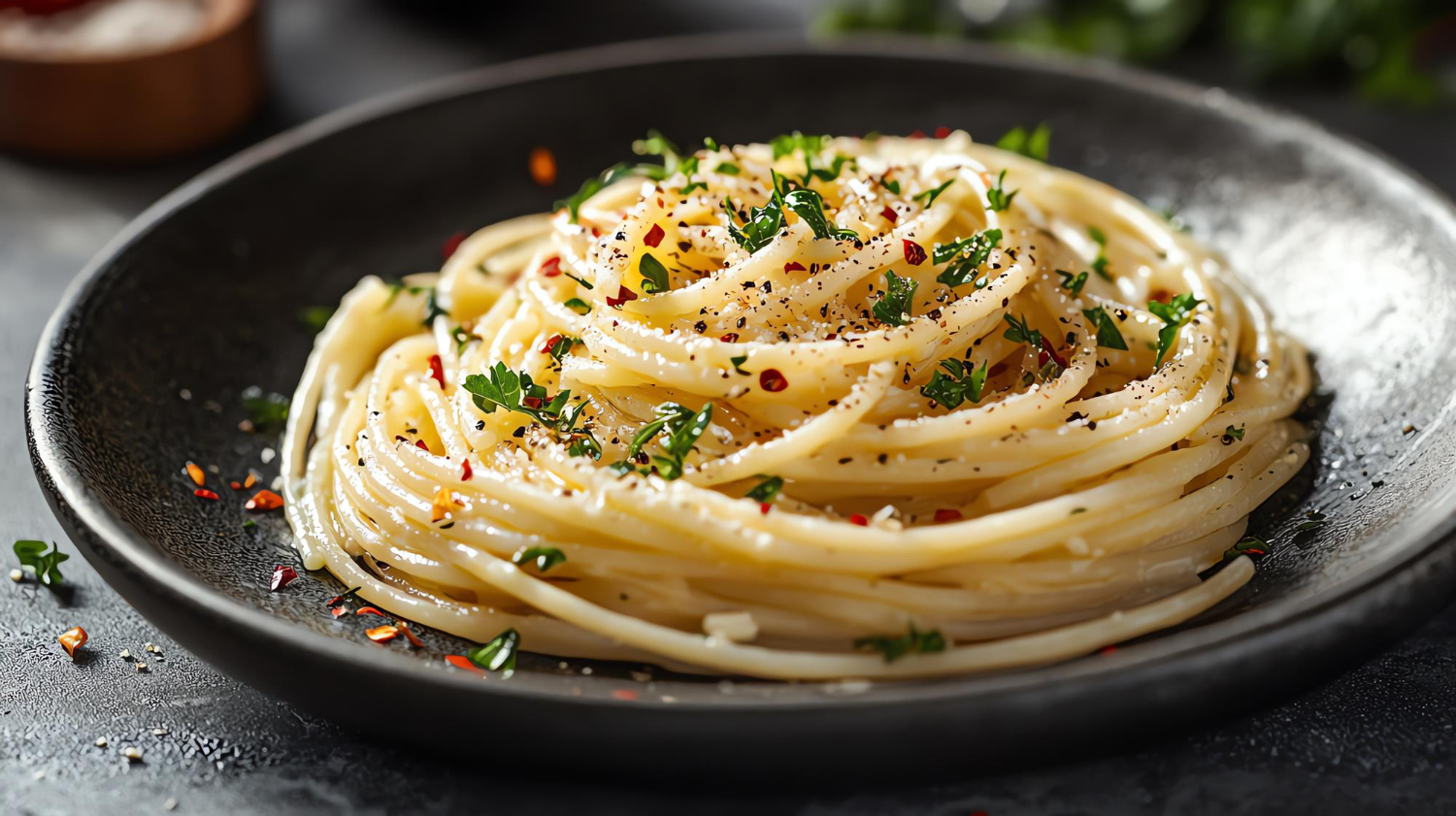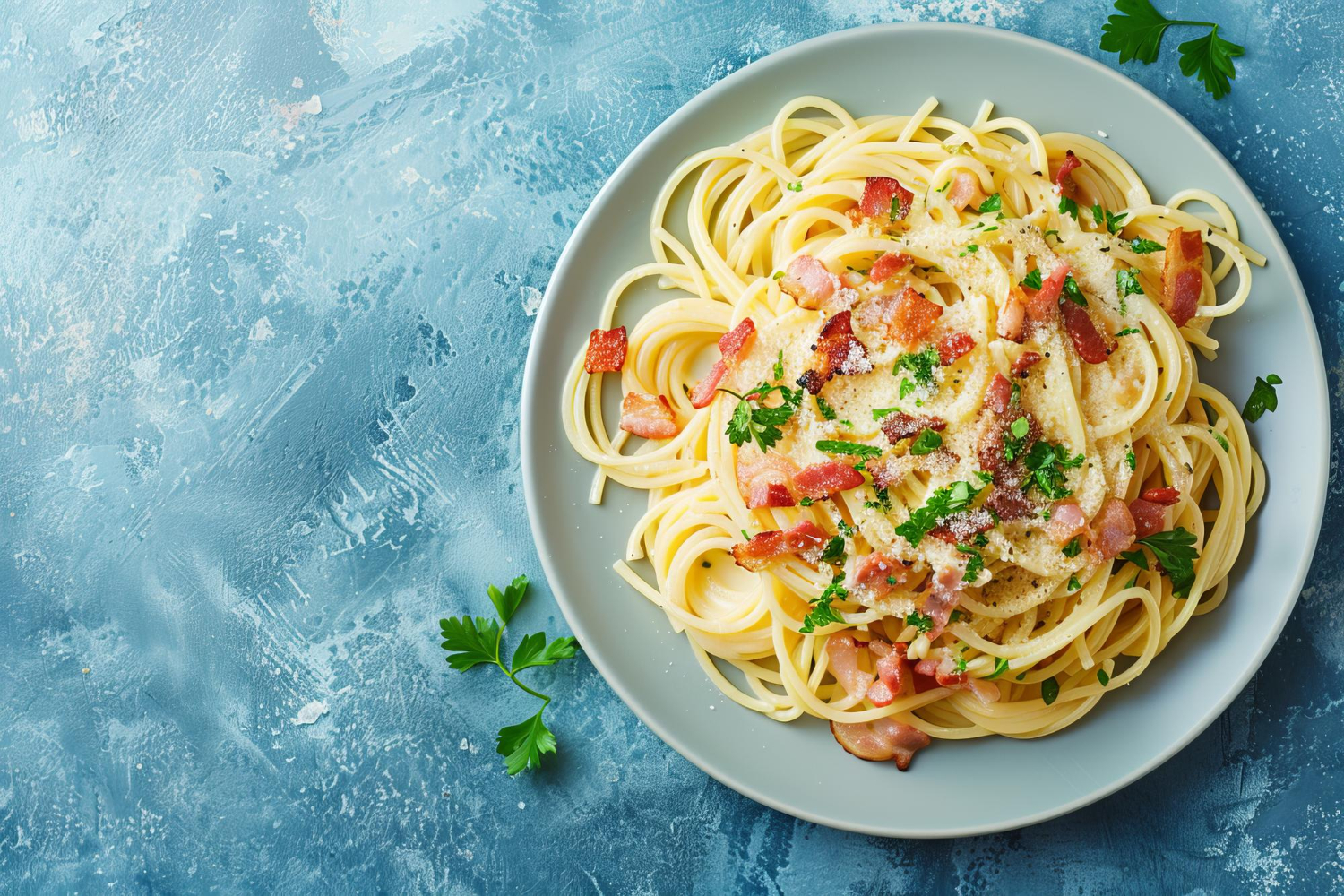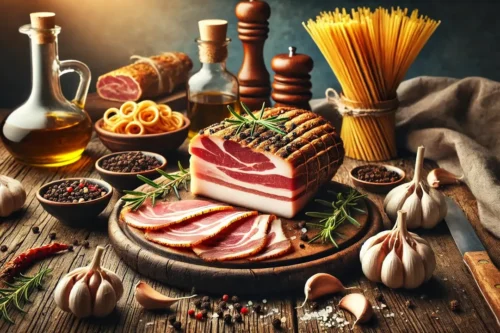Photo: Freepik
1. Parmigiano-Reggiano (Emilia-Romagna)
Known as the “King of Cheeses,” Parmigiano-Reggiano hails from the Emilia-Romagna region and is a staple in Italian kitchens. Made from cow’s milk, it’s aged for a minimum of 12 months, developing a crumbly texture and complex, nutty flavor. Its versatility is unmatched—grated over pasta, shaved into salads, or simply enjoyed with a drizzle of balsamic vinegar. Authentic Parmigiano-Reggiano is strictly regulated, ensuring its high quality and status as one of Italy’s most iconic exports.
2. Pecorino Romano (Lazio/Sardinia)
Pecorino Romano, one of Italy’s oldest cheeses, has been a part of Italian cuisine for over 2,000 years. Made from sheep’s milk, this hard, salty cheese is primarily produced in Lazio and Sardinia. With its sharp and salty flavor, it’s perfect for grating over pasta dishes like Cacio e Pepe or Amatriciana. The sheep’s milk gives Pecorino Romano a distinctive taste, making it a bold alternative to cow’s milk cheeses.
3. Gorgonzola (Lombardy)
If you’re a fan of blue cheese, then Gorgonzola should be on your list. Originating from Lombardy, this cheese comes in two varieties: Gorgonzola Dolce, which is creamy and mild, and Gorgonzola Piccante, which has a stronger, sharper taste. Made from cow’s milk, Gorgonzola is known for its blue veins of mold, giving it a tangy flavor. It pairs beautifully with fruits, honey, and nuts, or as an ingredient in risotto and pasta sauces.
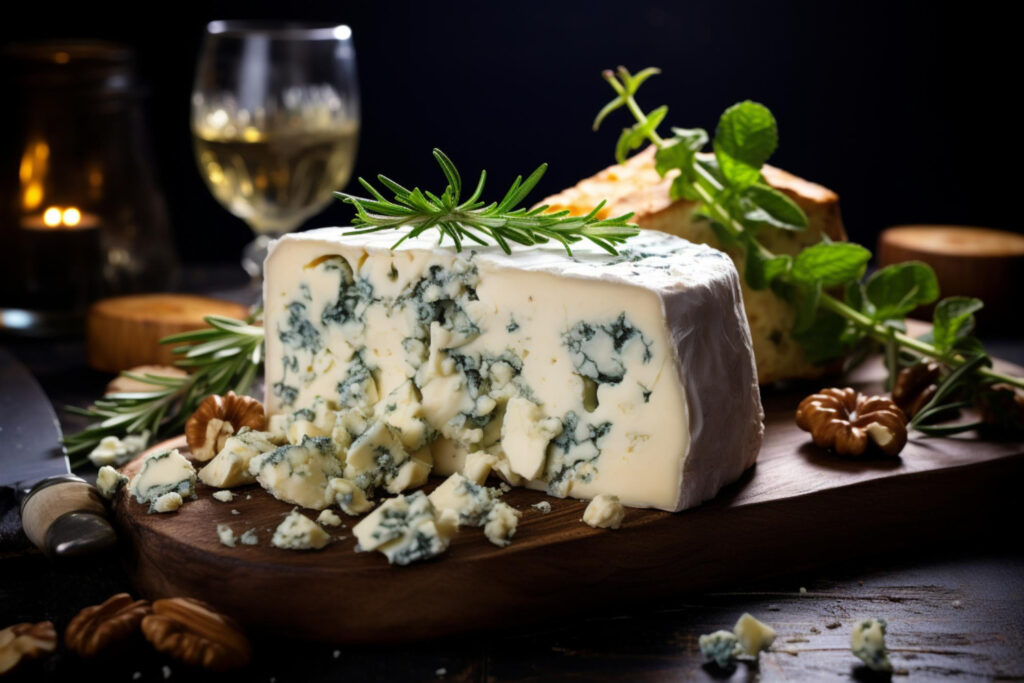
Photo: Freepik
4. Taleggio (Lombardy)
Taleggio is a semi-soft, washed-rind cheese that also comes from Lombardy. With a history dating back to Roman times, Taleggio has a pungent aroma but a surprisingly mild and fruity taste. Its creamy texture makes it ideal for melting, whether in grilled sandwiches, on top of pizza, or stirred into polenta. Taleggio’s rich flavor balances out with a slightly tangy finish, offering a unique taste experience.
5. Mozzarella di Bufala (Campania)
Mozzarella di Bufala, a fresh cheese made from water buffalo milk, is one of Italy’s most beloved exports. Primarily produced in the Campania region, this cheese is known for its silky texture and delicate, milky flavor. Its high moisture content makes it perfect for caprese salads, pizzas, or simply enjoyed on its own with olive oil and tomatoes. Authentic Mozzarella di Bufala is a treat for the senses and a shining example of Italian cheesemaking.
6. Asiago (Veneto/Trentino)
Asiago is a versatile cheese that comes in two main types: Asiago Pressato, a fresh, mild cheese, and Asiago d’Allevo, which is aged and has a stronger, more robust flavor. Asiago is made from cow’s milk in the Veneto and Trentino regions, and depending on its aging process, it can range from a soft, smooth texture to a harder, crumbly cheese perfect for grating. Aged Asiago is excellent with bread, salami, or as part of a cheese platter.
7. Ricotta (Sicily)
Ricotta, meaning “re-cooked,” is a soft, creamy cheese made from the whey of cow, sheep, goat, or water buffalo milk. Though it’s produced all over Italy, Sicily is known for its exceptional Ricotta, which is often used in both savory and sweet dishes. In its fresh form, Ricotta is mild and slightly sweet, making it a key ingredient in Italian desserts like Cannoli and Cassata, as well as savory pasta fillings such as Ravioli and Lasagna.
8. Burrata (Puglia)
Burrata, a luxurious cheese from the Puglia region, is a must-try for any cheese lover. It is made from cow’s milk, with an outer shell of mozzarella and a creamy, buttery interior filled with stracciatella and cream. The result is a soft, rich cheese that oozes when cut open. Burrata is best enjoyed fresh, often served with ripe tomatoes, arugula, and a drizzle of olive oil for an indulgent, yet simple appetizer.
9. Fontina (Valle d’Aosta)
Fontina is a semi-soft cheese from the mountainous region of Valle d’Aosta, near the French and Swiss borders. Made from unpasteurized cow’s milk, Fontina has a strong, earthy flavor with a creamy texture that melts beautifully. It’s an essential ingredient in fonduta, Italy’s version of fondue, and is perfect for making creamy sauces or enjoying with crusty bread.
Conclusion
Exploring Italian cheeses is a delightful way to experience the country’s diverse regions and culinary traditions. Each cheese tells its own story, rooted in the landscape, animals, and culture of the area where it’s made. Whether you’re grating Parmigiano-Reggiano over pasta, spreading Taleggio on a slice of bread, or savoring a fresh Mozzarella di Bufala, you’re experiencing a piece of Italy’s rich history and vibrant food culture. So, the next time you’re assembling a cheese board or cooking an Italian dish, be sure to include one of these regional Italian treasures.

